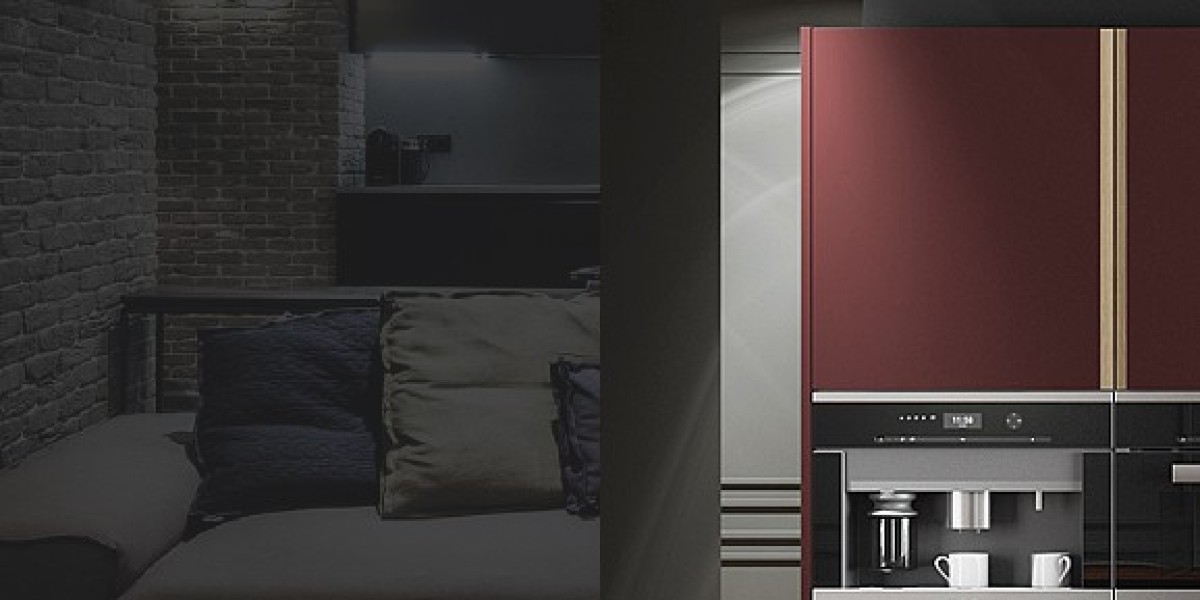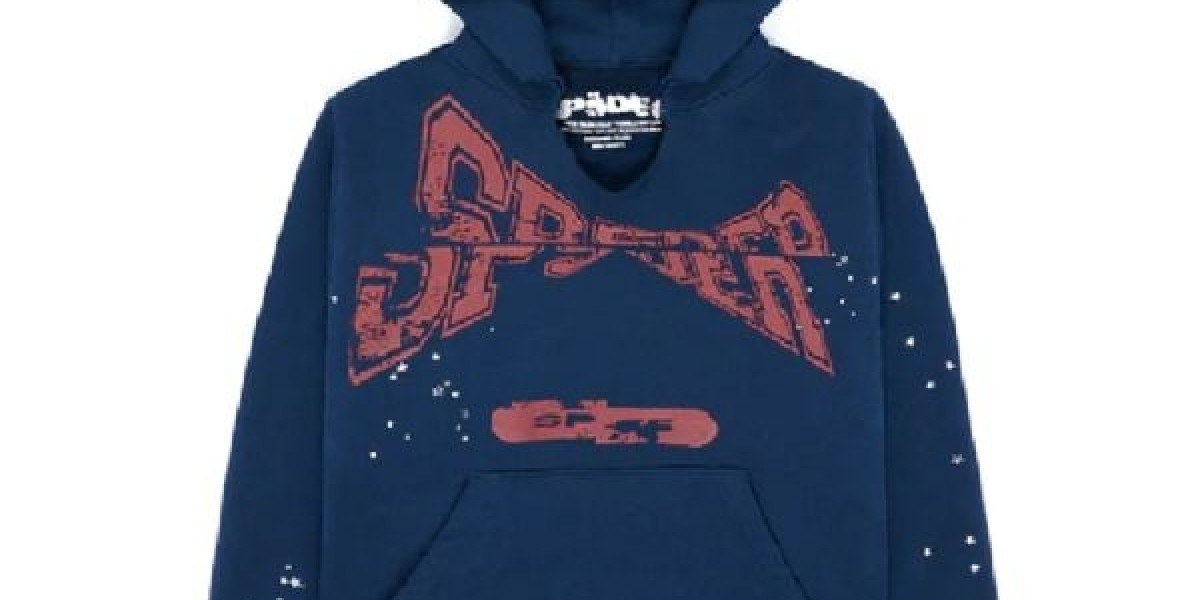Medium Density Fiberboard (MDF) has long been a popular choice in the construction, furniture, and interior design industries due to its versatility, smooth surface, and affordability. The engineered wood product, made by compressing wood fibers, resin, and wax, offers a reliable and consistent alternative to solid wood, making it ideal for a range of applications, from cabinetry and flooring to decorative panels and furniture. As demand for MDF grows, however, manufacturers are increasingly facing the challenge of balancing innovation with cost efficiency. This article explores the key challenges in the MDF market and how companies are working to address them.
1. The Rising Demand for Innovative MDF Products
The MDF market is undergoing a significant shift driven by innovation. There is increasing pressure to produce MDF that offers superior performance and functionality, meeting modern consumers' demands for sustainability, durability, and versatility. This innovation is particularly evident in the development of MDF products that are moisture-resistant, fire-retardant, eco-friendly, and even "smart" (incorporating sensors or self-healing properties).
While innovation in MDF offers many benefits, including improved product durability, better acoustic performance, and enhanced environmental sustainability, it also brings considerable costs. These advancements typically require investments in new technologies, advanced manufacturing processes, and higher-quality raw materials, all of which can drive up production costs. For instance, the development of fire-retardant MDF involves the use of chemical treatments and specialized processes, while moisture-resistant MDF requires the incorporation of hydrophobic agents or additives into the material. Additionally, the rising demand for MDF with environmentally friendly credentials, such as products made from recycled wood fibers or certified sustainable sources, often involves higher production costs.
Manufacturers now face the difficult task of balancing the increasing costs of innovation with the need to remain competitive in the market. The challenge is particularly pressing in sectors like furniture and construction, where cost efficiency is a critical factor.
2. Pressure to Maintain Affordability
One of the key reasons MDF has maintained such widespread appeal is its cost-effectiveness compared to solid wood and other alternatives. The material has enabled manufacturers to produce affordable furniture and building components without sacrificing quality or aesthetic appeal. However, as demand for high-performance and specialty MDF products grows, maintaining affordability has become increasingly difficult.
While premium MDF products with advanced features such as fire resistance, soundproofing, or moisture protection offer significant value to customers, their higher production costs often translate into higher prices for end-users. For manufacturers who rely on mass production to achieve economies of scale, balancing the need for innovation with the goal of keeping costs low presents a major challenge. Raising prices to accommodate the cost of innovations may alienate budget-conscious consumers, which is especially problematic in the highly price-sensitive furniture and home improvement sectors.
In response, some manufacturers are exploring ways to offset the higher costs associated with innovative MDF through process optimization and the use of alternative materials or additives that offer the same performance characteristics at a lower cost. For example, manufacturers might seek more cost-effective chemicals for fireproofing or explore bio-based resins and adhesives to reduce costs without sacrificing product quality.
3. Environmental and Regulatory Pressures
As sustainability becomes an increasingly important consideration for consumers, the MDF industry is facing mounting pressure to innovate while adhering to stringent environmental regulations. Governments and regulatory bodies are implementing stricter standards for emissions, waste, and the use of harmful chemicals in production processes, which has forced MDF manufacturers to reconsider traditional manufacturing practices.
The use of formaldehyde, a common binder in MDF production, has come under scrutiny due to its potential health risks, leading to the adoption of low- or no-formaldehyde resins. While these environmentally friendly resins may be safer for both workers and consumers, they tend to be more expensive than traditional resins, adding to production costs. Additionally, the push for more sustainable materials requires companies to invest in certified sustainable wood fibers (e.g., FSC-certified) or to adopt recycled content, which can be more costly than sourcing virgin wood.
Manufacturers must also address the environmental impacts of the MDF lifecycle, including the energy-intensive production process and the disposal of MDF products at the end of their useful life. Innovations aimed at improving the recyclability of MDF or reducing the carbon footprint of production are needed, but these often come at a higher cost. For example, advanced technologies such as bio-based adhesives and more efficient manufacturing processes may reduce environmental impact but require significant upfront investment.
As consumer demand for sustainable and eco-friendly products grows, companies are tasked with balancing these environmental expectations with the need to maintain cost-effective production. Striking this balance is one of the key challenges the industry faces in the coming years.
4. Raw Material Sourcing and Price Fluctuations
Another challenge in the MDF market is the volatility of raw material prices. The primary raw material for MDF production is wood, which is increasingly subject to price fluctuations due to factors like climate change, deforestation, and changing global demand. In particular, the rising cost of wood and resin has placed upward pressure on the prices of MDF products.
The cost of wood, which is often sourced from a mix of virgin timber and recycled materials, can fluctuate based on supply and demand in the forestry industry. For instance, adverse weather events, pest infestations, and changes in land-use policies can disrupt the supply chain and lead to price hikes. Similarly, the resin used to bind the wood fibers into a dense board is typically derived from petrochemicals, and fluctuations in oil prices can have a significant impact on the cost of resin.
In response to these challenges, some manufacturers are looking for ways to reduce their reliance on traditional wood sources, such as by using alternative fibers like bamboo, agricultural by-products, or recycled wood waste. While these materials can reduce dependency on virgin timber and help lower costs, they may require additional processing, which can add to the complexity and cost of production.
5. Competition and Market Saturation
The MDF market has become increasingly competitive, with both established manufacturers and new entrants vying for market share. While the global demand for MDF remains strong, especially in growing markets in Asia and Latin America, the industry faces challenges from market saturation in developed regions like North America and Europe.
To maintain profitability, MDF manufacturers must differentiate their products, whether through innovation, quality, or sustainability. However, constant innovation to stay ahead of the competition can lead to increased R&D costs, which may be difficult to justify in a saturated market. Additionally, with consumers being more price-sensitive than ever, there is pressure to keep products affordable despite the added cost of innovations.
Conclusion
The Medium Density Fiberboard (MDF) market is at a crossroads, where the pressures of innovation, environmental sustainability, and cost efficiency are converging. Manufacturers must navigate these challenges carefully to maintain profitability while meeting the evolving demands of the construction, furniture, and interior design sectors. As the market continues to grow and develop, the key to success will lie in balancing cutting-edge innovation with the ability to produce affordable, high-quality products that meet both consumer expectations and regulatory requirements. To stay competitive, companies must focus on optimizing production processes, exploring alternative raw materials, and investing in research and development without compromising on cost efficiency.


